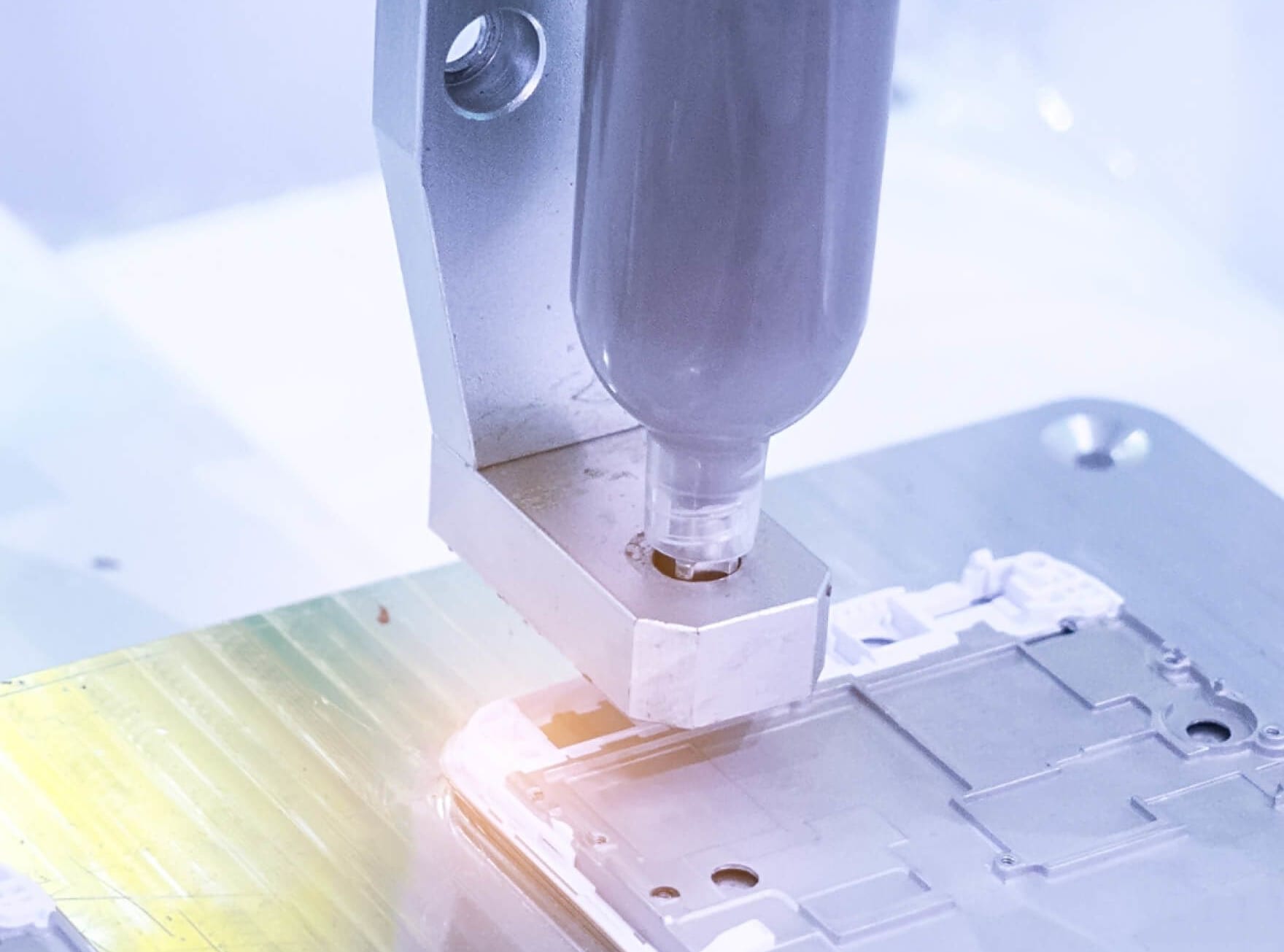Knowde Enhanced TDS
Identification & Functionality
- Chemical Family
- Product Type
- Technologies
Features & Benefits
Applications & Uses
- Applications
- Application Area
- Application Method
- Syringe dispense
Properties
- Physical Form
- Typical Cured Properties
| Value | Units | Test Method / Conditions | |
| Filler | Carbon Blends | — | — |
| Volume Resistance | max. 1x 10^4 | Ω-cm | — |
| Hydrolytic Stability | Excellent | — | — |
| Useful Temperature Range | -70 to 260 | ºC | — |
| Thermal Stability | Good to 325 | °C | — |
Regulatory & Compliance
- Certifications & Compliance
Safety & Health
- Safety & Handling
- Contains flammable solvents.
- Use with adequate ventilation.
- Keep away from sparks and open flames.
- Avoid prolonged contact with skin and breathing of vapors.
- Wash with soap and water to remove from skin.
Storage & Handling
- Suggested Handling & Curing
105-48 is ready to use as supplied. Further thinning may be accomplished by adding small amounts of xylene. Prior to using, be certain to re-suspend fillers. Apply thin film of adhesive to both surfaces to be bonded. Allow solvent to evaporate completely at room or at slightly elevated temperature. Assemble parts, applying slight pressure to assure good mating of surfaces and formation of filet. No further curing is necessary; however best properties, for most applications, result when cured for 1 minute at 160°C. Good properties are obtained on a variety of substrates by curing at temperatures ranging from 50°C to 180°C. End user is advised to experimentally determine temperature and time best suited for individual applications.

